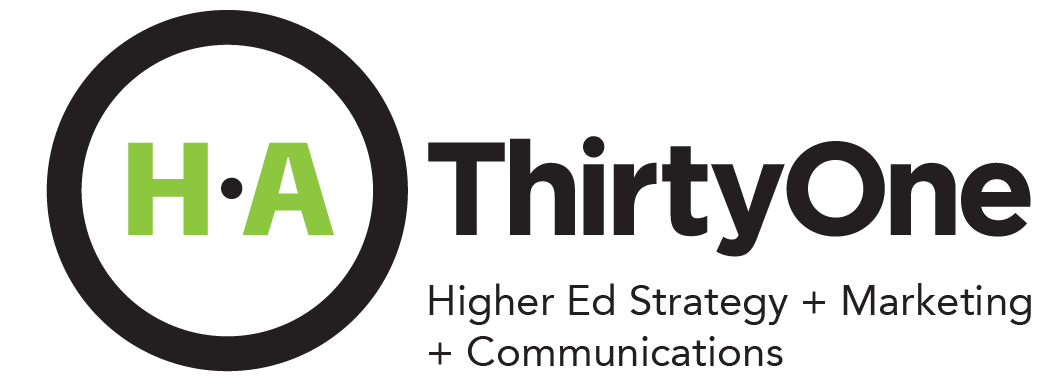The COVID-19 pandemic has helped push the desires of college students for varied types of learning from emerging status into reality. Schools, especially the brick-and-mortar variety, should focus on these new realities as they seek to increase enrollment and access.
More Distance and Hybrid Learning
A recent U.S. News & World Report article highlights the increased interest in hybrid learning, as well as some of the pros and cons for the student (and campus) experience.
There is overwhelming evidence that increasing distance education options will reverse the national downturn in enrollment. Students who are enrolled exclusively in distance education rose 93% from fall 2019 to fall 2020, according to the most recent report by NC-SARA (The National Council for State Authorization Reciprocity Agreements) based on its more than 2,000 participating institutions. This significant increase is undoubtedly due to the pandemic.
When the council completes further analysis during the pandemic, it is sure to show that distance education has taken hold.
During the early stages of the pandemic, students leveraged their distance learning options because they had to. University of Ottawa students praised professors who pre-recorded their lectures and broke them into smaller portions, spent added time on discussions, and used a variety of methods such as polls to connect their courses with student life. One professor even lowered stress and built community by leading a round of happy birthday during one class and reading a children’s book during another.
Now examine the current trend, two years into the pandemic. The universities of Massachusetts and Arkansas, along with Purdue University, have acquired or purchased online-only universities. The University of Tennessee System is also discussing a possible partnership with an online university to dramatically expand its offerings to students. Even more universities will likely follow suit, with the goal of trying out altered business models to find the right fit.
Increased Student Access for Learning
The future of higher education is rooted in its past. Think back to the Morrill Acts and the GI Bill. As access to learning increases, more students enroll.
Schools that offer more distance and hybrid learning options can broaden their appeal to nontraditional students such as full-time workers, parents, and those groups deeply affected by higher ed’s digital divide, people of color and rural populations.
Students can re-watch instruction, attend virtual office hours, complete assignments with greater convenience, and reduce their commutes to campus.
But what does this mean for the learning that takes place outside of the classroom, in residence halls, dining halls, co-curriculars, and in-person study groups? Do more hybrid options mean more students will enroll or do they mean current enrollees will simply alter their choices? It’s safe to say that we don’t know the answers, yet.
However, a study last year by interdisciplinary design firm HGA lends support to the connection between student success and increased access. The study, which included community colleges, public universities, and private, four-year colleges, found 42% of higher ed leaders said grades for certain students rose during the pandemic because “online learning supported their diverse learning styles.”
Reduced Time to Meet Requirements
Schools should heavily weigh the increasing number of students who are shopping for their education to gain skills in emerging areas rather than pursue traditional degrees that require several years and thousands of dollars. Earning a micro-credential or a certification can enable students to quickly join the workforce in some of the fastest growing fields in the US: healthcare, digital platforms and engineering, data science, education, e-commerce, business development, banking, and diversity.
While there isn’t enough data yet to bear out analysis of student response to these emerging fields, higher ed has increasing opportunities to attract students to these types of study.
How will institutions respond? Join the conversation!
Angie Vicars is a writer, editor, producer, and dry wit deployer. Her eight-plus years in higher ed, spent at a state flagship, sharpened her brand and communications marketing senses, and introduced her to content strategy. Wherever she goes, Vicars builds useful, usable content for a variety of audiences.
Categories
- Branding
- Communications
- Creative Development
- Enrollment Management
- Enrollment Strategy
- Integrated Marketing
- Leadership
- Marketing
- Planning
- Professional Development
